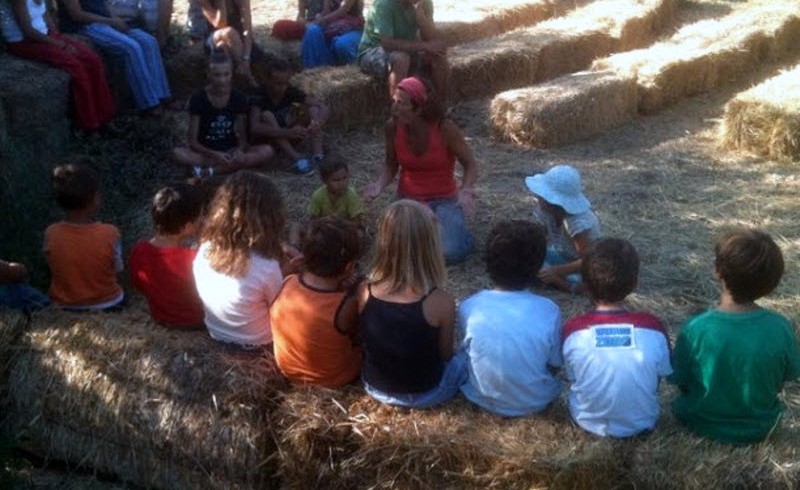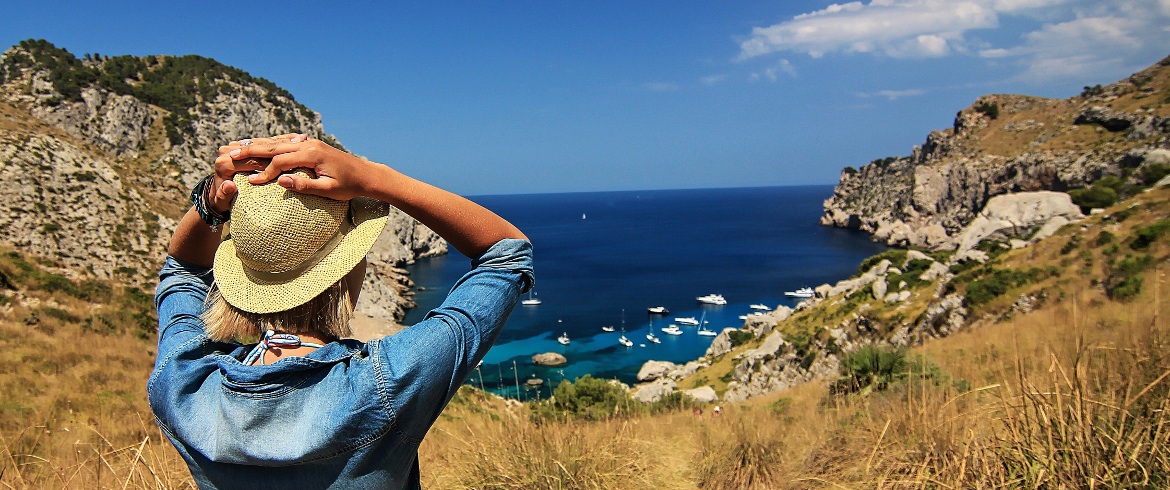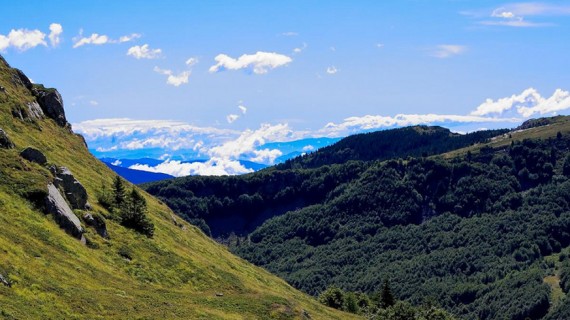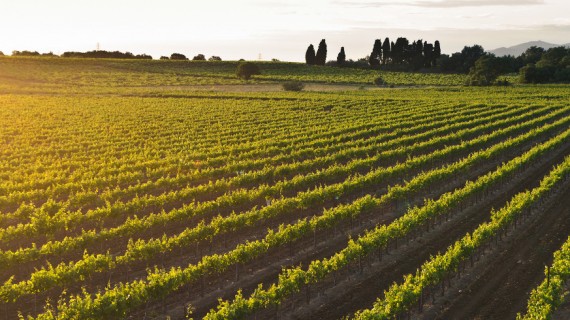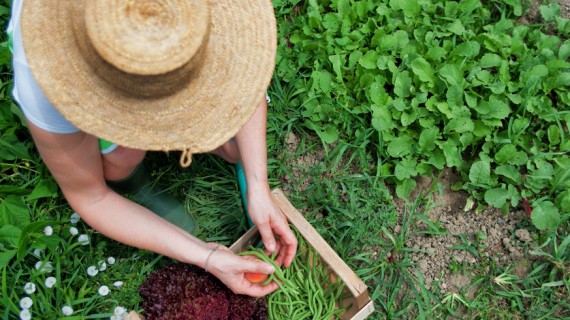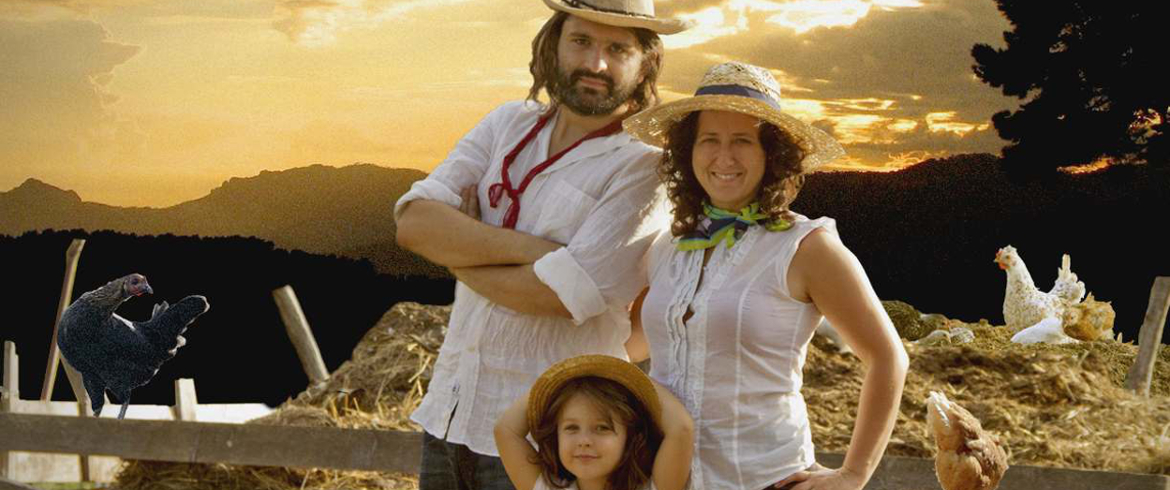Permaculture is a discipline whose main goal is the planning and creation of ecosystems intended to be sustainable and self-sufficient.
This approach is slowly but continuously attracting people looking for a new balance between everyday life and the need to respect and protect our Earth. It proposes an evolution model based on a more balanced use of our natural resources.
The word comes from the fusion of
- Permanent – something which is intended to last
- Agriculture – the practice of cultivating the soil and raising animals
Two Australian scientists, Bill Mollison and his student David Holmgren, introduced the term permaculture 30 years ago.
Mollison and Holmgren have since developed an approach to agriculture and to any aspects of human life based on the idea that each activity should be regenerative and self – maintaining.
At the base of this philosophy is a many yearlong observation of Nature, of our natural systems and of the main characteristics of our territory both countryside and cities.
Today permaculture has reached a wider relevance and it is impacting not only agriculture but every aspect of our life ranging from architecture to economics, land tenure and community management.
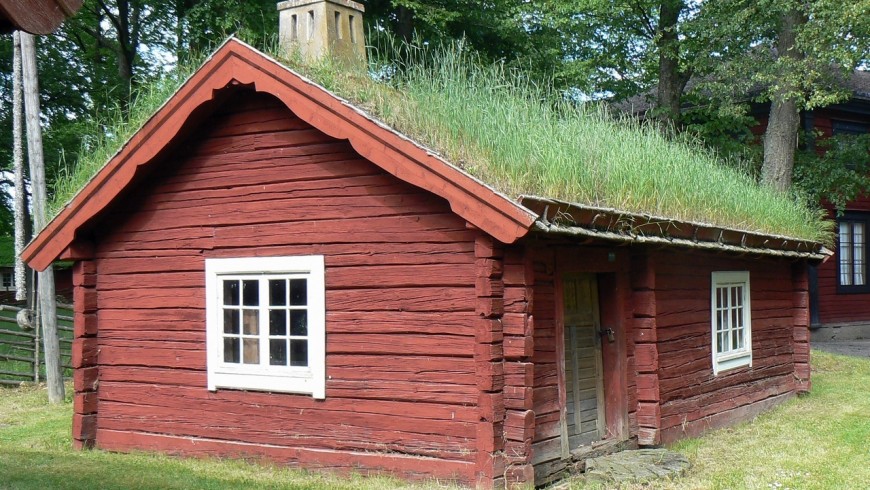
The permaculture approach in green building
It is true that we do not need to build more but to build in a smarter way and restore what we have to eliminate energetic waste.
Retrofitting is the correct way: it means working on the existing buildings and reducing their impact on our natural resources applying solar panels, adopting insulation materials etc.
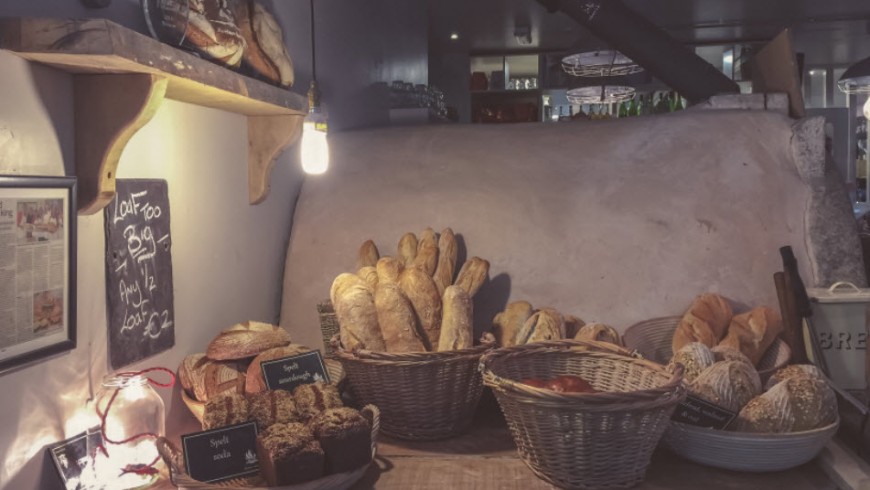
The permanent approach in finance and economics
Far from being the new anti-capitalism discipline, the permaculture approach aims at managing the resources we have and reduce the risk next generation will not have any of them.
Getting practical, the permaculture approach works on
- Sound management of today’s resources
- Investments and research of alternative resources
- Ethical shopping
- Sound finance favouring small businesses over large corporations and oligopoly
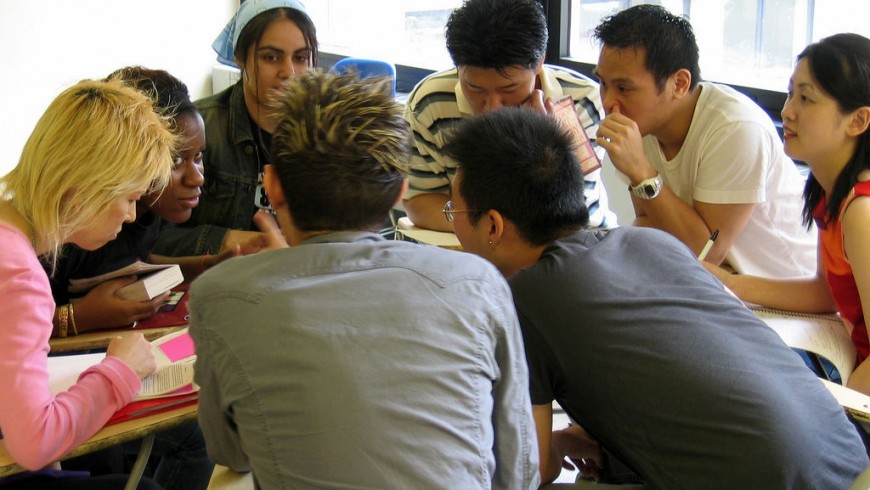
The permaculture approach in land tenure and community governance
The main issue when facing topics such as management of resources and ethical shopping lies in coming to agreement on what is good and correct and what is not.
It is therefore capital for any progress to develop techniques helping people to get together, talk about the relevant issues and come to decisions the whole community shares and supports totally.
Any other system will reduce the effectiveness of the actions and of the decisions.
The permaculture approach works therefore on group working to ease discussion, decisional process and a sense of belonging.
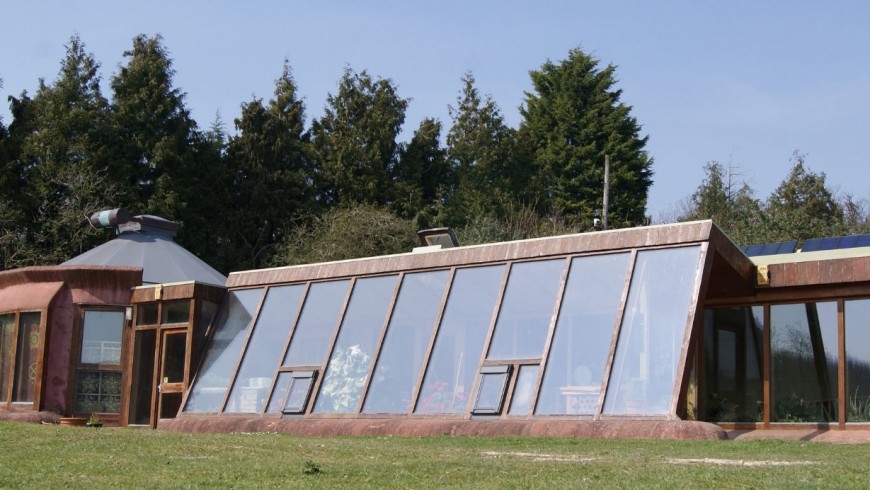
The permaculture approach in architecture
Architecture is a cultural product of human labour and it defines the design of the places humans live and work.
The permacultural approach to this art aims at make it
- Sustainable
- Reduce its impact on natural environment
- Regenerative, producing more than what it consumes
A challenge, no doubt.
A challenge an Italian family has taken on some years ago in one of the most beautiful and dangerous area of Italy, the slopes of the volcano Etna, in Sicily.
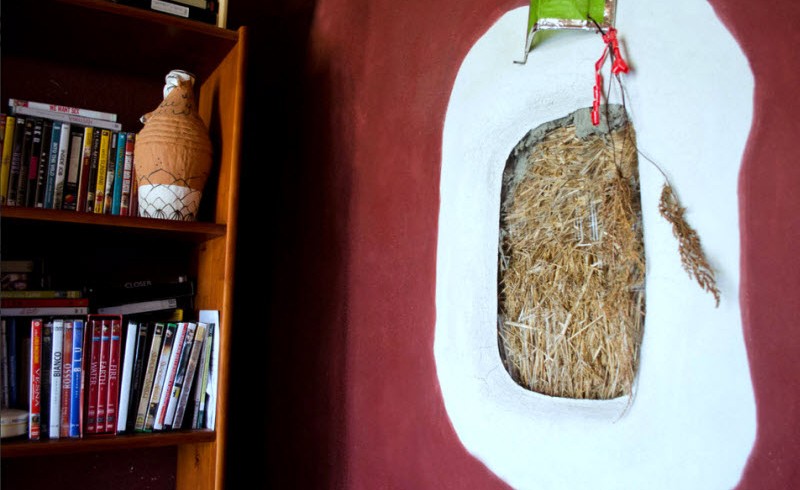
Casa di paglia Felcerossa: the home to permaculture in Sicily
Casa di Paglia Felcerossa, the name means Straw Red Fern home, is a family run house at the foot of the half sleeping volcano.
The compound is composed of a main mansion and two lava rock smaller units.
The main building is a masterchief of green architecture: its structure is in wood and hay bales and solar panels produce enough energy for warm water.
The two units in the courtyard are in lava rocks and they remind of the local homes of the countrymen living here: small, essential and in the typical colour of the volcano ashes and lava.
Felcerossa is open both to tourists who wish to spend some days visiting the area or getting involved in the daily activities of the farm, such as grapes harvests, and to locals who can enjoy workshops in the theatre.
Useless to say, the theater itself is inspired by the permaculture ideas and it is built in hay bales.
We like it because it is in a wild area of Sicily scarcely touched by tourists and it lies close to the volcano. At night you can almost hear it breathing fire in its huge rocky belly.
Not to be dismissed: excellent local food and wine.
